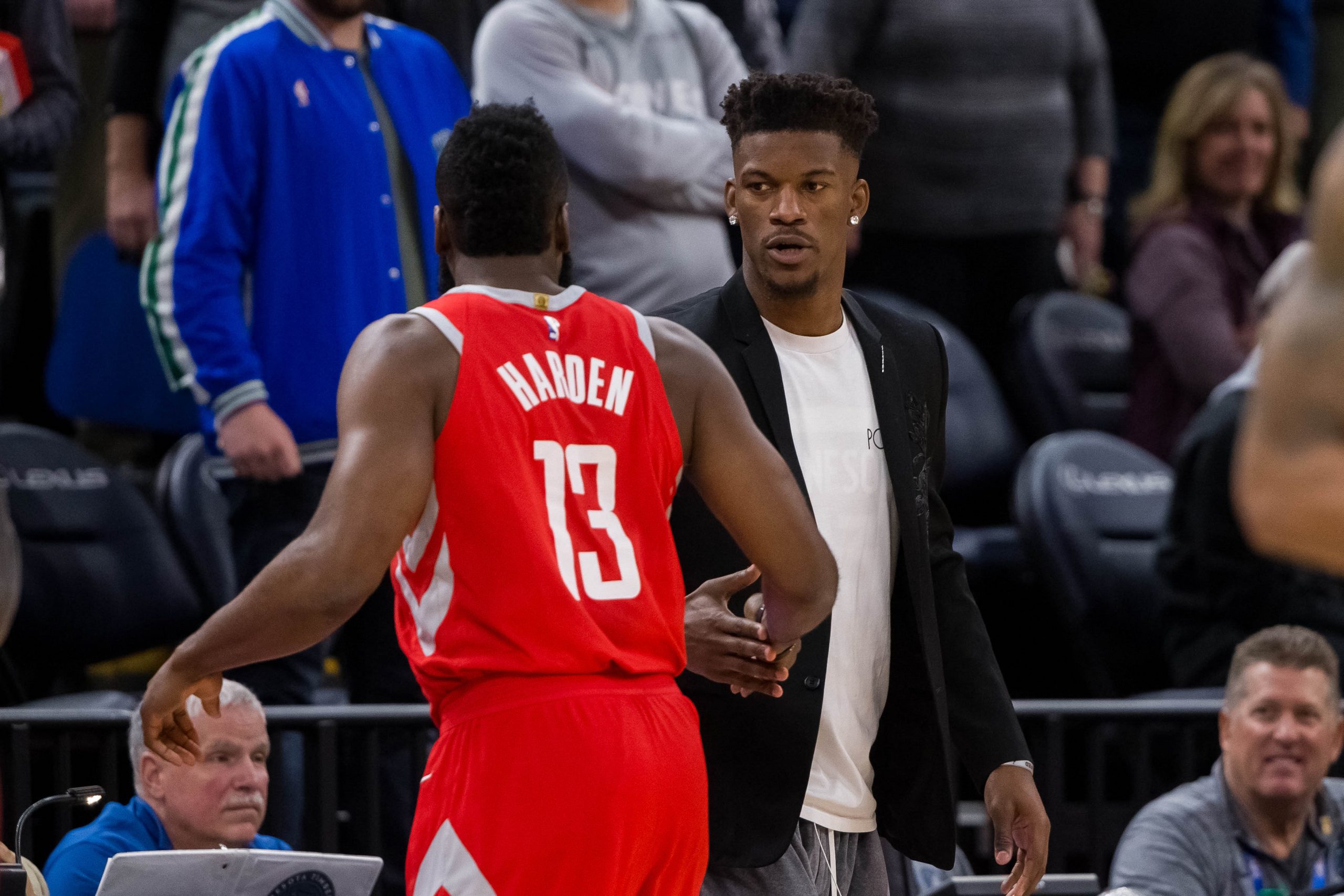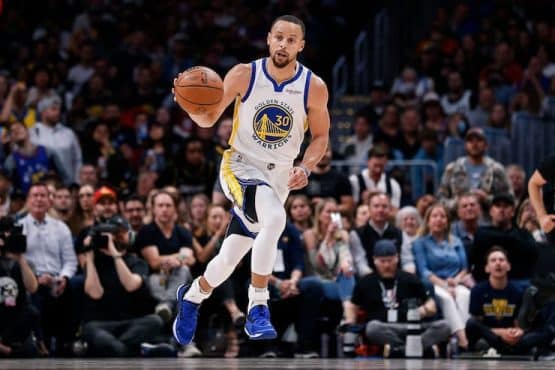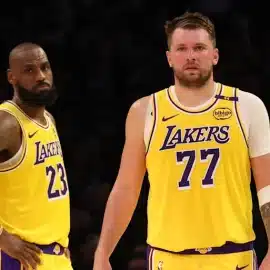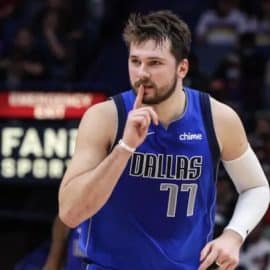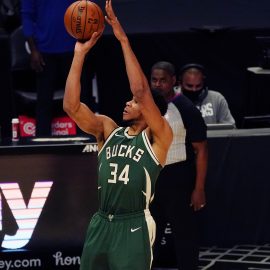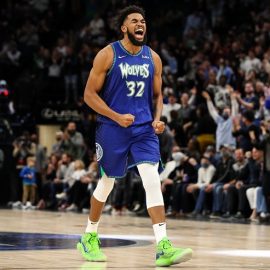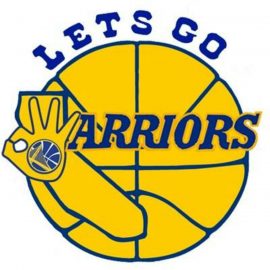I am sure many sports bloggers are going to make some joke about Woj bombs and the actual pipe bombs sent to prominent Democrats lately.
I, however, have some common sense and will not be one of those people.
But, I will still give some really quick-hitting points about the latest offer by the Houston Rockets to acquire Jimmy Butler. Check out what Woj tweeted:
Story posting soon: The Houston Rockets are making a renewed bid to acquire Minnesota All-Star Jimmy Butler, including four future first-round draft picks in their most recent trade offer, league sources tell ESPN.
— Adrian Wojnarowski (@wojespn) October 25, 2018
How would this work? Isn’t there a rule about how many first round picks you can send in consecutive years. All good questions. First of all, The Stepien Rule prohibits teams from shipping off first round picks in consecutive years. That is hurdle number one, but Houston can jump over it.
Secondly, the picks have to abide by the Seven Year Rule stipulation. Bobby Marks of ESPN did a better job of explaining this than I could do. So, I will let him do the talking (writing) here.
7-year rule allows a team to trade up to 4 picks between 2019 to 2025. The first has to alternate each year (19, 21, 23 and 25) and cannot have protection unless the pick does not rollover to the following season. Ex: Protected top 14 and doesn’t convey if HOU is in the lottery.
— Bobby Marks (@BobbyMarks42) October 25, 2018
The map is clear. Houston would most likely be sending over a package that included the 2019, 2021, 2023 and 2025 first round picks. My question: How do these picks align with the development of Andrew Wiggins and Karl-Anthony Towns. Both players are locked up for the foreseeable future, as both former number one overall picks have either signed or agreed upon 5-year extensions.
Time for a chart
Andrew Wiggins Age: 23 Karl-Anthony Towns Age: 22
2019 pick Age: 24 Age: 23
2021 pick Age: 26 Age: 25
2023 pick Age: 28 Age: 27
2025 pick Age: 30 Age: 29
Time for a recap
When is a star considered to be in their prime? There is no true science to answer this question, although ages 25-30 seem to sound right. Sure, a player can perform well after and before that age (see James, LeBron.)
The question for Minnesota management (and fans, of course I have to shoutout armchair GMs!) is simple. Do these picks meet their team timeline?
Let us assume that the 2019 pick is some 19-year-old kid from UConn (duh, go Huskies.) in 2023, this kid would be close to or if not directly entering his prime at age 23. Wiggins would be in the last year of his contract, but entrenched in his peak star years, at least we hope. The same would go for KAT, except he would have more contract years remaining. This could be promising and something of a replication of what the Boston Celtics have tried to do.
Yet, the later picks will probably bring in draft picks that are better prospects, but less aligned with the team trajectory due to their presumably young age. Logically, the 2023 and 2025 Houston picks should be better than their 2019 and 2021 ones. Those years reflect a post-CP3 age and Harden will be starting the back 9 of his career, although probably still awesome.
Time for a question
It is a conundrum, isn’t it?
The later picks do not totally mesh well with the team’s timeline for its current studs. Yet, those 2023 and 2025 picks could be excellent. The 2019 and 2021 picks do mesh well with the rise of these two stars, but those picks could be late first rounders, which are often throws at the dart board. Decisions, decisions.
Of course, the personnel in this alleged deal matters as well. But, the picks are what is sexy here. So, what do you do if you are the general manager of the Minnesota Timberwolves?
Add The Sports Daily to your Google News Feed!
